Blogrige
The Official Baldrige Blog

East LA community served by Adventist Health White Memorial.
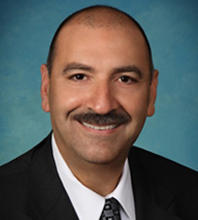
The spirit of service—for a small clinic started in 1913 to provide free care to Los Angeles (LA)— lives today in the servant-leader aspirations of 2019 Baldrige Award recipient Adventist Health White Memorial (AHWM), a 353-bed, safety-net hospital. The community of 2 million people that AHWM serves is young, homogenous, and economically challenged. In addition, the hospital is surrounded by 35 active gangs, and it watched as many of its neighboring health care organizations closed down or downsized during the COVID-19 pandemic.
But these challenges have not stopped AHWM from believing that it could transform the health experience of its communities.
John Raffoul, AHWM president, said what makes the Baldrige Award so powerful for AHWM is that “we are able to prove that you can serve a poor community like ours and still be the best at what you do.”
Partnerships Offer Community Opportunities
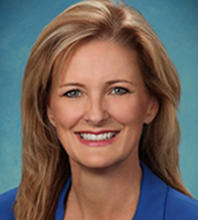
Mara Bryant, operations executive, said that AHWM has thrived because it realized that it wasn’t alone. “One of our . . . core competencies is a mission-driven partnership with the East LA community,” she said. “It can be daunting, thinking about providing care to millions of people who are immediately around your hospital, but . . . you have key partners in the community that will help you be successful, that will work with you. Where you have weaknesses, they have positives. We are able to synergistically work together.”
One of those partners is TELACU, a foundation that conducts outreach to high schools and colleges. Collaborating with TELACU, AHWM offers scholarships and sponsors bilingual nurses to serve at the hospital (89% of AHWM’s community is Hispanic).
“These nurses tend to stay at the hospital longer than the average because they know the help they have gotten from the hospital,” said Raffoul. “There’s nothing more important than delivering culturally sensitive care that makes a difference . . . in outcomes, in how a patient feels, and in the recovery, as well.”
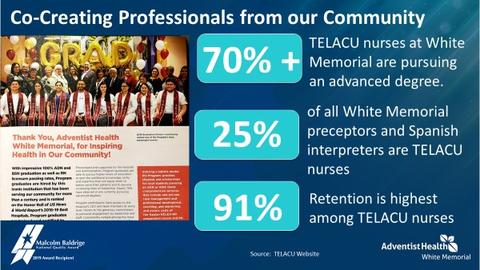
In 2017, AHWM also partnered with the government, starting a federally qualified community health center. Visits have increased from 36,000 to more than 63,000 (projected in 2021).
“That’s more than doubling access to our community,” said Raffoul. “These are people who before were waiting in line. They couldn’t see a doctor for sometimes eight weeks. . . . We are very proud of being able to open much-needed access to our community.”
A Future of Innovation and Engagement
“Optimism and everybody’s participation . . . can really foster a culture of innovation,” said Raffoul. “When everybody feels part of your team, [they are] rowing in the same direction.”
He added, “By taking intelligent risk, . . . looking at the marketplace, looking where the opportunities are, not being afraid to take intelligent risks, and not being afraid of failure . . . [those are the] requirements of innovation. You’ll hit some, you’ll miss some. . . . You’ll do much better than if you don’t try at all.”
Raffoul said that innovation also includes experimentation and “things that make people sometimes say, ‘What are you thinking?’” One such innovative practice involved employing a former gang member as a liaison to the hospital to create a gang neutral zone.
Such innovation and optimism had led to an increased focus on the engagement of caregivers, said Raffoul. AHWM “went on a journey to engage our associates” through visits to (“rounding on”) frontline workers, which increased from 160 visits in 2016 to 885 visits in 2019, with an objective of 100% of associates being talked to on a regular basis, he said.
Such engagement impacts key hospital measures, too, added Raffoul. For example, from 2016 to 2019, the number of hospital-acquired infections went down 20%, and the hospital is very proud of its 391 days cash-on-hand (how many days an organization can survive without an external cash infusion).
All of this is a result of the journey that we’ve been on with Baldrige. . . . Delivering quality care can be very rewarding financially to you, and you can build your financial strength as a result of that.
A Future with Communication, Alignment, and Rhythm
Bryant attributed much of AHWM’s success to the creation of an organizational rhythm of how the hospital was going to execute its key processes reliably and systematically every single month, year after year. This included being deliberate in creating an infrastructure for governance and holding each other accountable.
It was evident that participation was needed at all levels, she said. This led to a “strategy day” to bring together key leaders of all stakeholder groups, including the community board, philanthropy board, key partners, and internal leadership, and a strategy map to search for blind spots for every strategic initiative.
One way learning is shared is through a “quality day,” AHWM’s launch point for new products. Quality days may also include outside speakers and new topics to help us “understand how to reach beyond our walls,” she said, adding that an annual “quality-at-a-glance” document is produced to explain every product and key indicator in plain English.
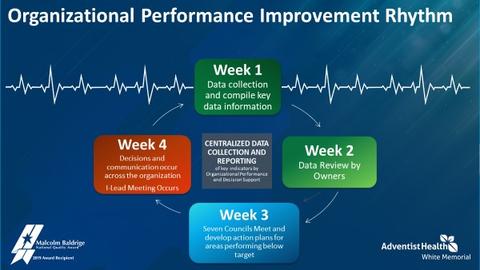
An example of the organizational performance improvement rhythm is data collection, which is now a weekly task, with preliminary results for all measures available by the first week of the month. This three-week process has been condensed into one week, meaning that action planning can start earlier and improvement is faster, she said.
Action plans developed at team levels are rolled in and talked about at the organizational performance council. They are also communicated through leadership talking points and a "cheat sheet" to help staff understand clinical indicators. This leads to alignment, so that everyone knows exactly what the hospital is going to be focused on for the next 30 days, Bryant said.
“We’re constantly being able to keep everybody in the loop. People understand where we are going, and everybody is focused and aligned,” Bryant added.
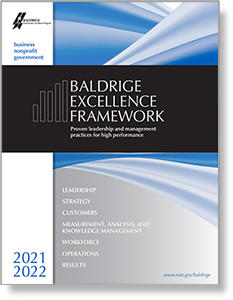
Baldrige Excellence Framework
The Baldrige Excellence Framework has empowered organizations to accomplish their missions, improve results, and become more competitive. It includes the Criteria for Performance Excellence, core values and concepts, and guidelines for evaluating your processes and results.
Purchase your copy today!
Available versions: Business/Nonprofit, Education, and Health Care





